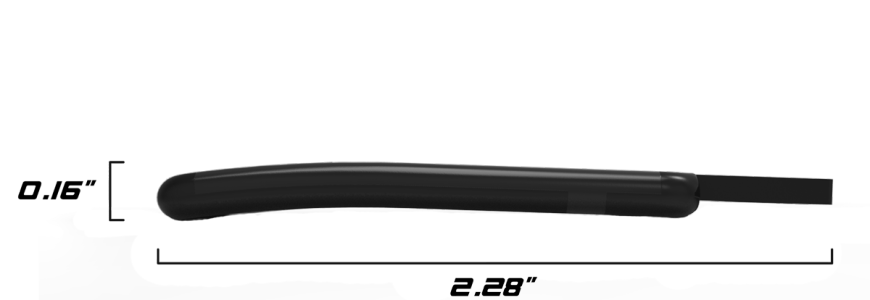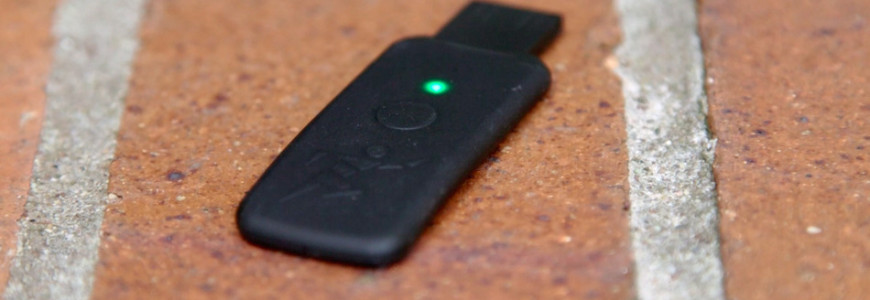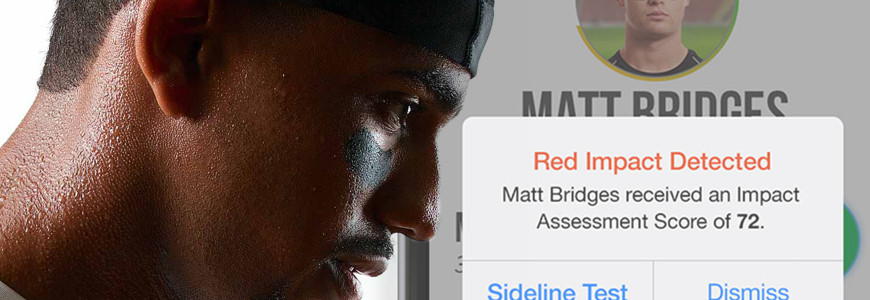By Joe Stohlman, Reviewed.com
BlackBox Biometrics will be debuting their award-winning Linx Impact Assessment System (IAS) at the 2015 International CES. The military-tested Linx IAS technology is built to measure and track head injuries during sports and youth activities.
Thanks to some high-profile cases in the NFL, concussions are slowly being recognized as a serious risk for athletes, especially children and teens. According to the CDC, more than 170,000 traumatic brain injuries are reported annually in children up to 19 years old.
The Linx IAS is a wearable device, much like the Checklight Impact Indicator from Reebok. The device is the size of a stick of gum, and can be attached to headbands, custom skull caps and other headgear.
It boasts mobile connectivity that sends live information directly to the sidelines, so coaches know when a player has been affected. The mobile app will work on Android and Apple devices, helping coaches and parents track head impacts over time. There’s also a feature that helps to identify signs and symptoms of concussions after the hit.
BlackBox says the Linx will be available at the end of Q1 2015, and we’re hoping to check it out in person on the show floor this week. Hopefully our hands-on impressions won’t include actual head trauma.
Protect your kids with an Army-grade concussion tracker | USATODAY.com







